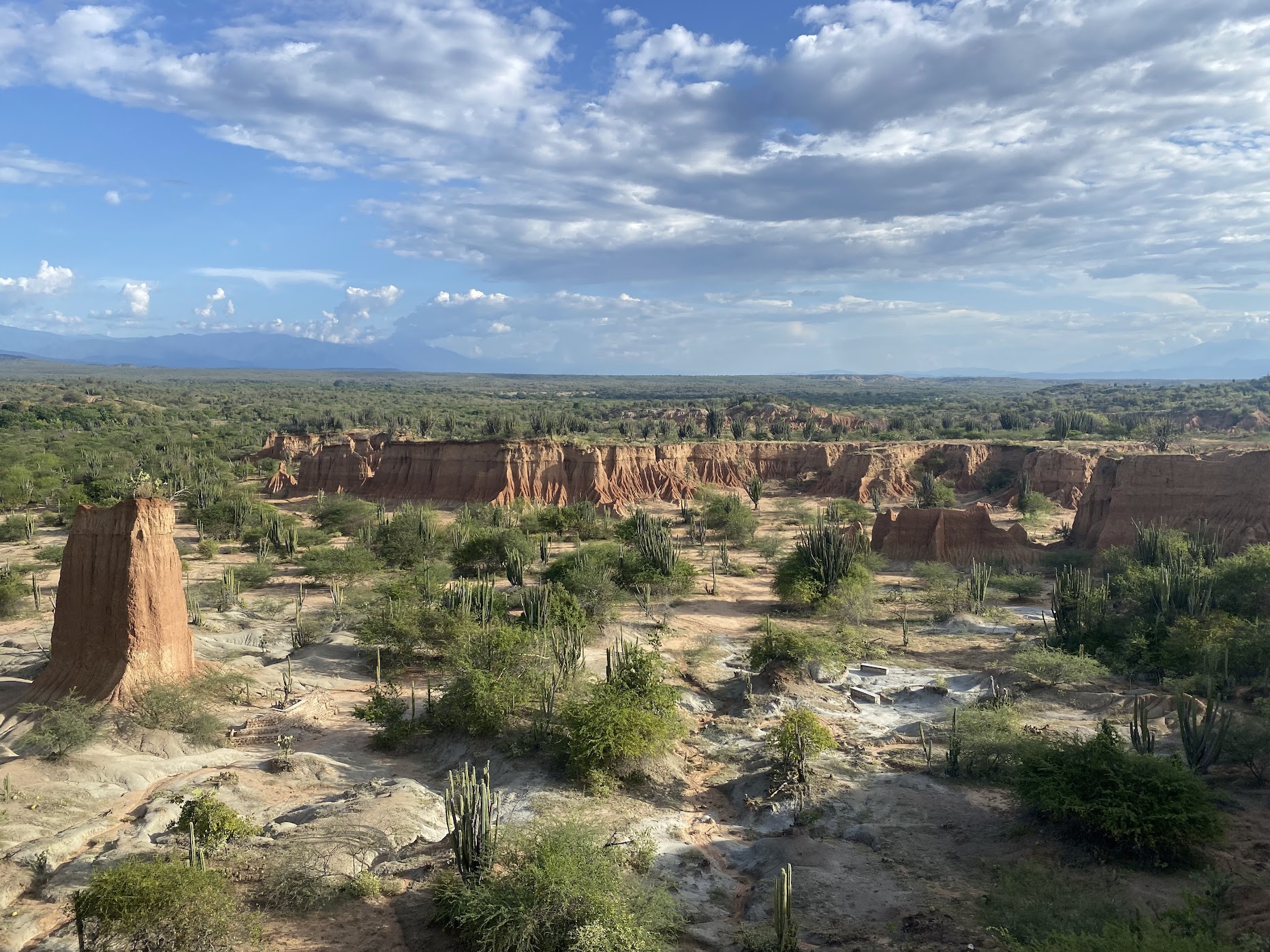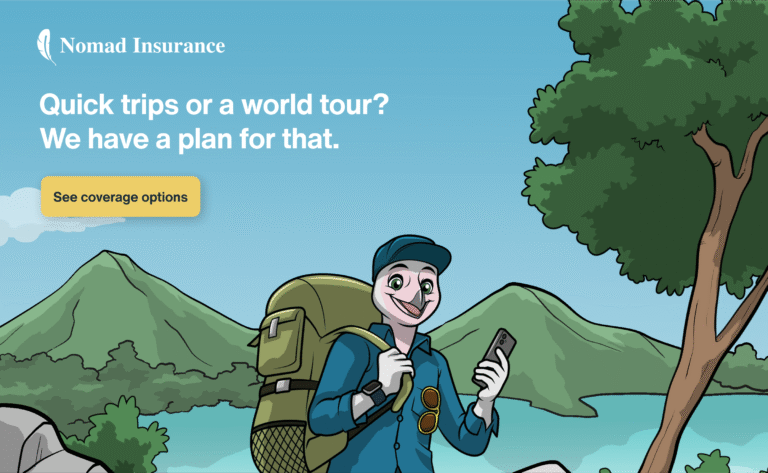The Ultimate Guide to Colombia Travel
Colombia is one of the most rewarding destinations in South America, blending Andean peaks, Caribbean beaches, Amazon rainforest, and some of the friendliest people you’ll ever meet. Once overlooked due to safety concerns, Colombia has transformed into a favorite among backpackers and culture seekers. It’s a country of contrasts: salsa in Cali, coffee in Salento, colonial charm in Cartagena, and wild jungle on both coasts. This guide covers everything you need to know before your trip — from when to visit, to how to get around, to what each region offers.
When to Visit Colombia
Colombia sits on the equator, so instead of four seasons, you’ll find dry and rainy periods that vary by region. The Caribbean coast is driest between December and March, making it ideal for beaches and coastal hikes. The Andes (Bogotá, Medellín, Salento) can be visited year-round, though afternoon showers are common. The Amazon is hot and humid all the time, with the rainiest months between March and May. Festivals like Carnaval de Barranquilla in February or the Flower Festival in Medellín in August are worth timing your trip around.
Understanding Colombian Culture
Colombian culture is diverse and region-specific. The Caribbean coast is vibrant and Afro-Colombian influenced, with music and dance woven into daily life. Inland, Paisa culture around Medellín and coffee country is known for hospitality and entrepreneurship. Bogotá is Colombia’s cultural and political hub, home to universities, museums, and a thriving art scene. Wherever you go, Colombians are famously warm, curious, and proud to share their country with visitors. While younger people in cities may speak some English, knowing a few key Spanish phrases will take you far.
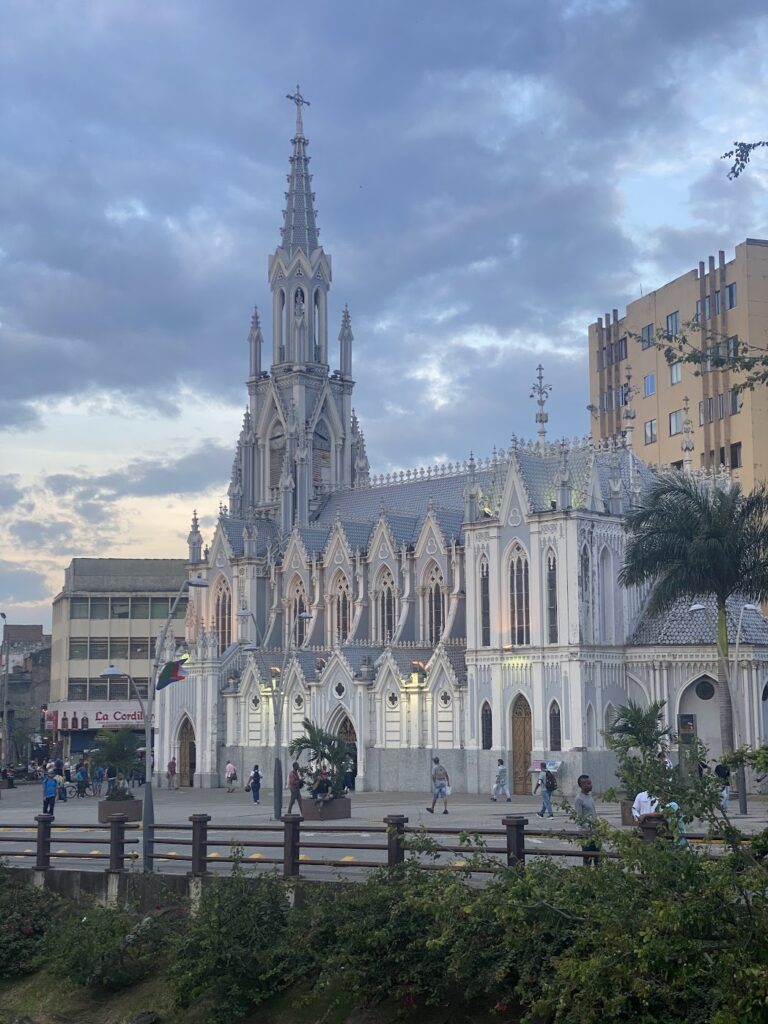
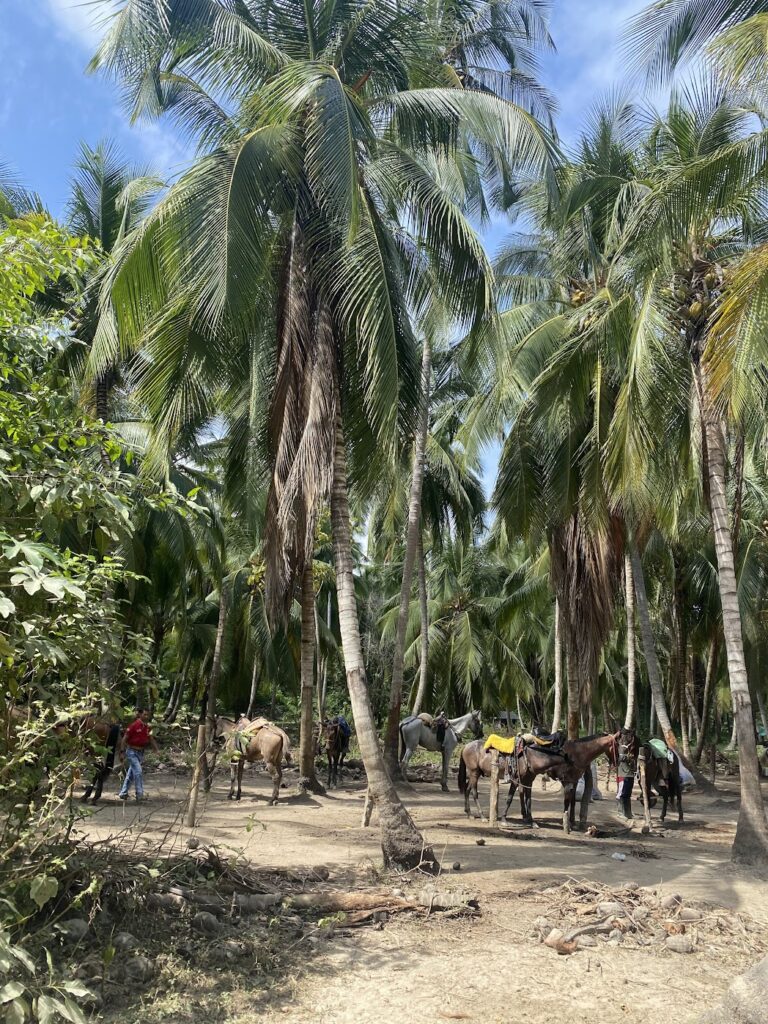
Brief History
Colombia’s history is both rich and complex. Indigenous civilizations thrived here long before Spanish colonization in the 1500s, leaving behind archaeological wonders like San Agustín. The colonial period shaped much of the architecture still seen today in towns like Cartagena and Villa de Leyva. In the late 20th century, Colombia became infamous for cartel violence and armed conflict, but the past two decades have seen remarkable progress. Today, Colombia is a democracy, tourism is booming, and travelers are discovering its beauty without the stigma it once carried.
Getting to Colombia
Most international travelers fly into Bogotá, Cartagena, or Medellín, with plenty of connections from North America and Europe. Budget airlines like Viva Air (when operating) or Wingo sometimes run cheap domestic deals, but many travelers stick to buses and regular airlines for moving around once inside the country. Overland entry is relatively easy from Ecuador, and a bit more complicated from Venezuela. There’s a tri-border with Brazil and Peru in the Amazonian town of Leticia that is easy to cross, though it’s really remote. For those coming from Central America, the Darien Gap with Panama makes land travel nearly impossible. However, the boat trip from Panama to Cartagena via the San Blas islands is a backpacker favourite.
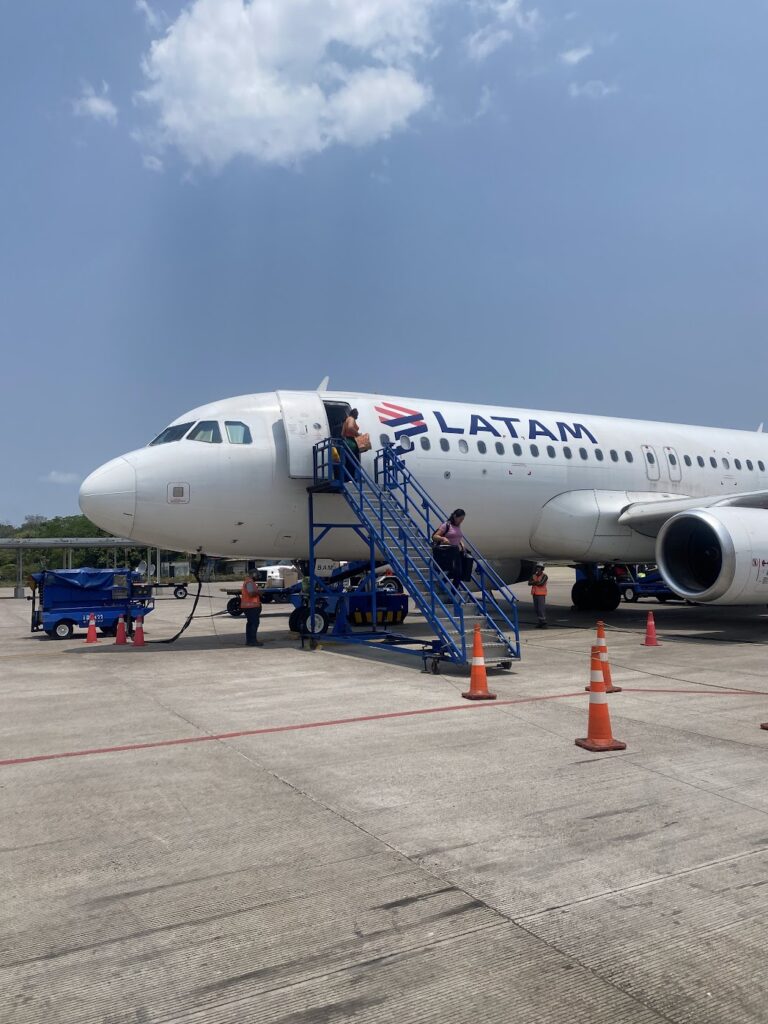
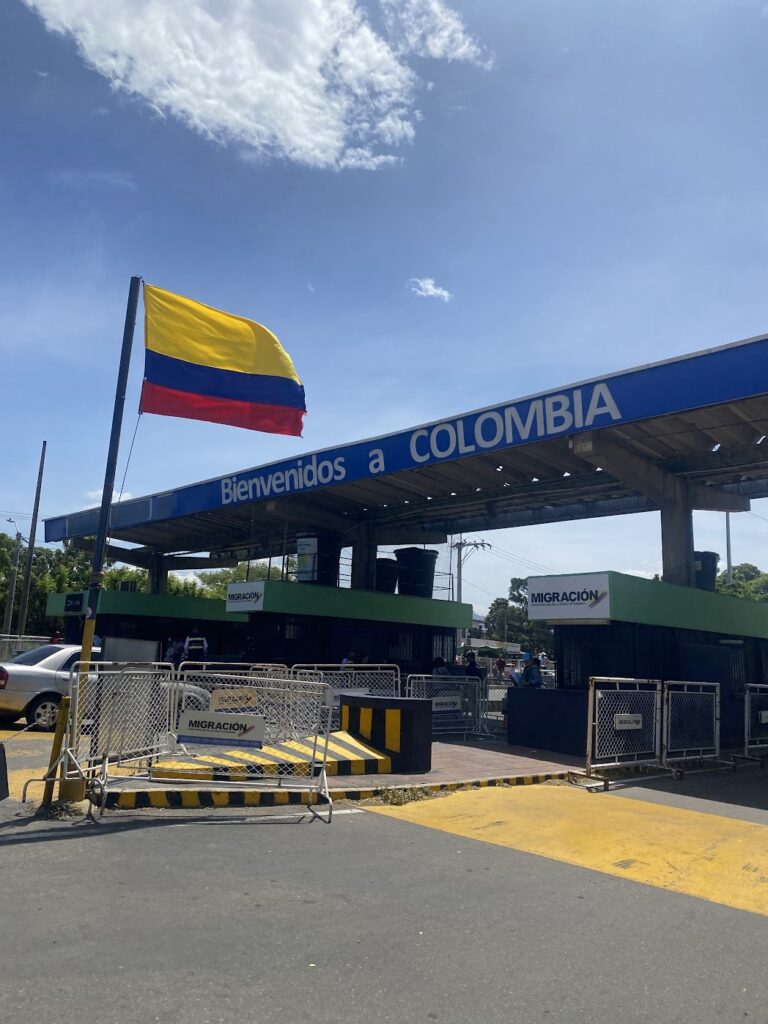
Colombia for First-Timers: Visa, SIM, ATMs, and More
Visa: Many nationalities, including the US, Canada, EU, Australia, and New Zealand, can enter visa-free for up to 90 days, with the option to extend to 180. Always double-check current requirements before traveling.
Internet: Prepaid SIM cards from Claro, Movistar, and Tigo are widely available at airports, malls, and corner shops. Speeds are generally reliable in cities but patchier in rural areas. (If you want data before landing, you can order an eSIM with Saily to activate instantly.)
Money & ATMs: The Colombian peso (COP) is the local currency. ATMs are everywhere in cities, but they may limit how much you can withdraw at once. Card payments are common in restaurants and hotels in the bigger cities, but carry cash for smaller shops and buses.
Communication: Spanish dominates daily life. In tourist hubs, you’ll get by with English, but in smaller towns and rural areas, it helps to know at least the basics. Colombians are patient and often happy to help if you try.
Colombia by Region: What to Expect
Northern Coast (Cartagena, Santa Marta, Tayrona, La Guajira)
The northern Caribbean coast is Colombia at its most colorful and laid-back. The downside is that it’s by far the most expensive. Cartagena enchants with its walled colonial city, cobblestone streets, and vibrant plazas, making it one of the country’s most romantic destinations. However, if you are looking for nice beaches, you have to get out to the islands or at least leave the city.
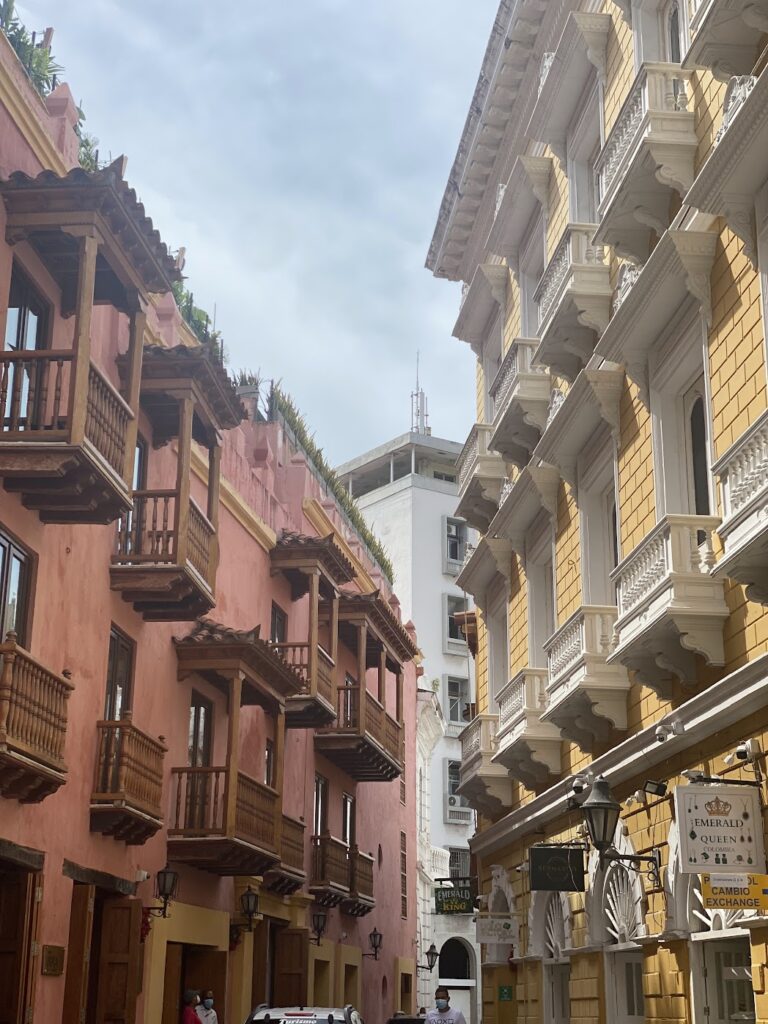
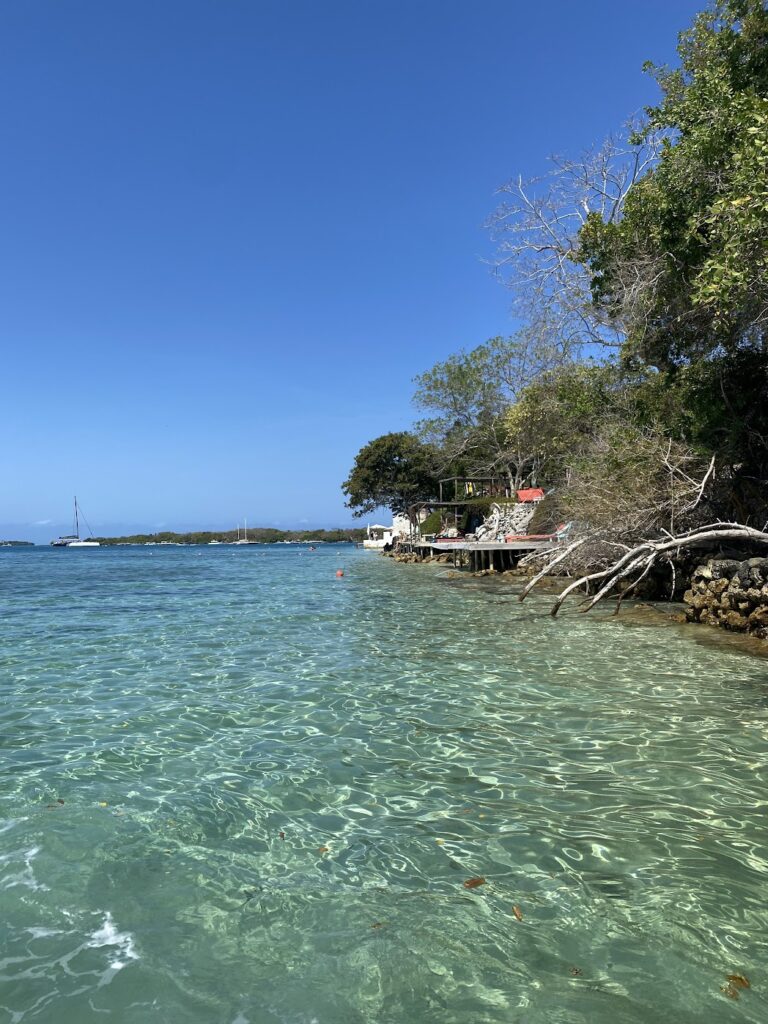
A few hours east, Santa Marta is a gateway to The Lost City Trek, Palomino, Minca, and Tayrona National Park, where jungle meets white-sand beaches. For adventure, head further to La Guajira Peninsula, a desert landscape home to the Wayuu people, wild dunes, and some of the most remote beaches in South America. This area is famous for learning how to kitesurf. This region is hot, humid, and full of music. Expect salsa, vallenato, and reggaeton pouring out of every corner.
Central (Medellín, Coffee Region, Salento)
The central region is where Colombia’s innovation and natural beauty shine brightest. Medellín, once infamous, is now a model of urban transformation with cable cars, trendy neighborhoods, and year-round spring weather. South of Medellín lies the Coffee Triangle, where towns like Salento, Jardín, Manizales, and Filandia sit among rolling hills and coffee plantations. The highlight is hiking in the Cocora Valley, home to towering wax palms, Colombia’s national tree. This region is lush, green, and perfect for travelers who love a mix of culture, hiking, and slower-paced towns.
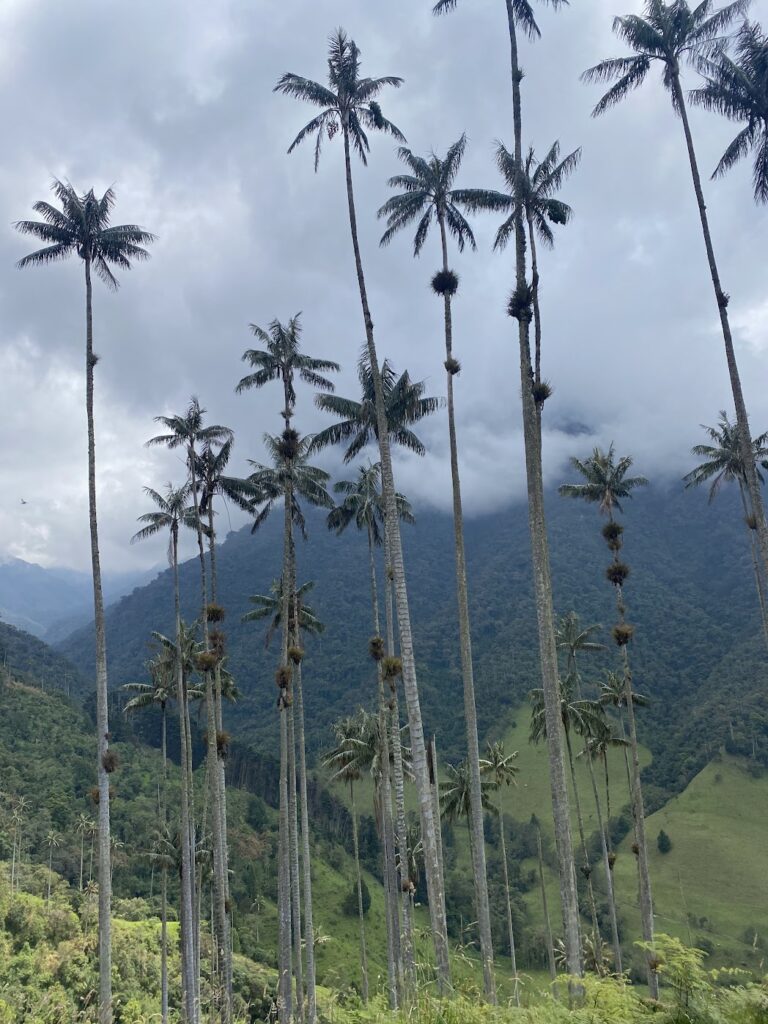
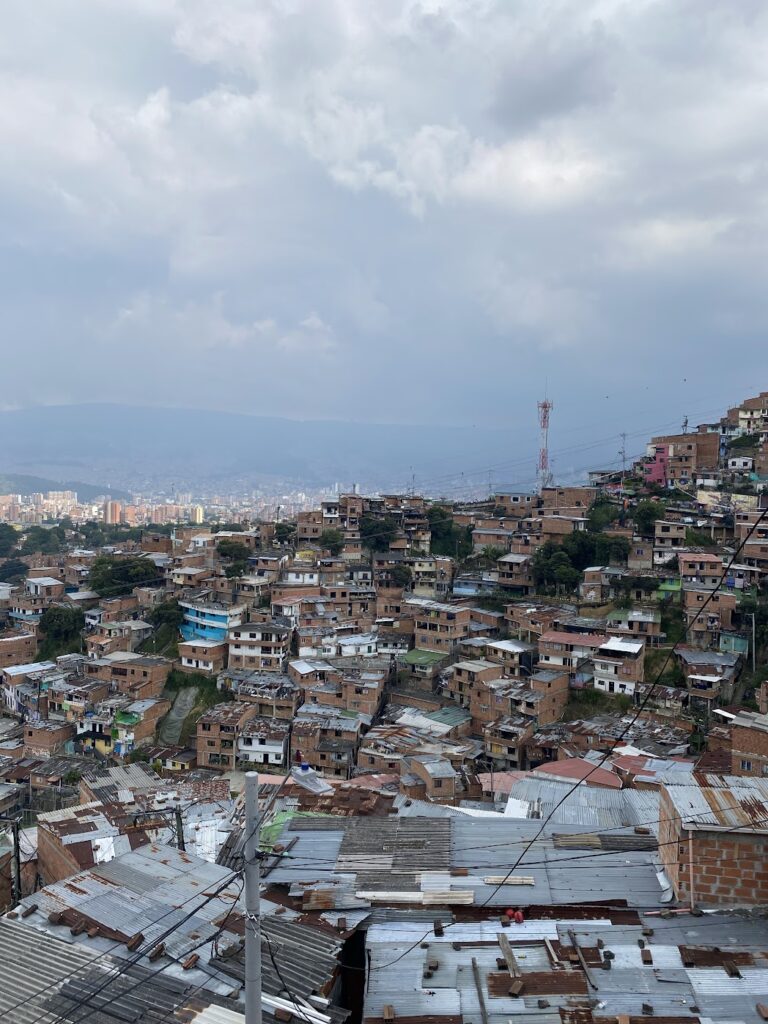
East (Bogotá, San Gil, Villa de Leyva)
Eastern Colombia is anchored by the capital, Bogotá, a sprawling city at 2,600 meters. Bogotá offers some of the country’s best museums, including the Gold Museum, plus a thriving food and nightlife scene. A few hours north, Villa de Leyva is one of Colombia’s most beautiful colonial towns, with whitewashed houses and a massive cobbled plaza. For adventure sports, San Gil is the adrenaline hub, known for white-water rafting, paragliding, and caving. This region offers a balance of history, outdoor fun, and big-city energy, making it a natural starting point for many itineraries.
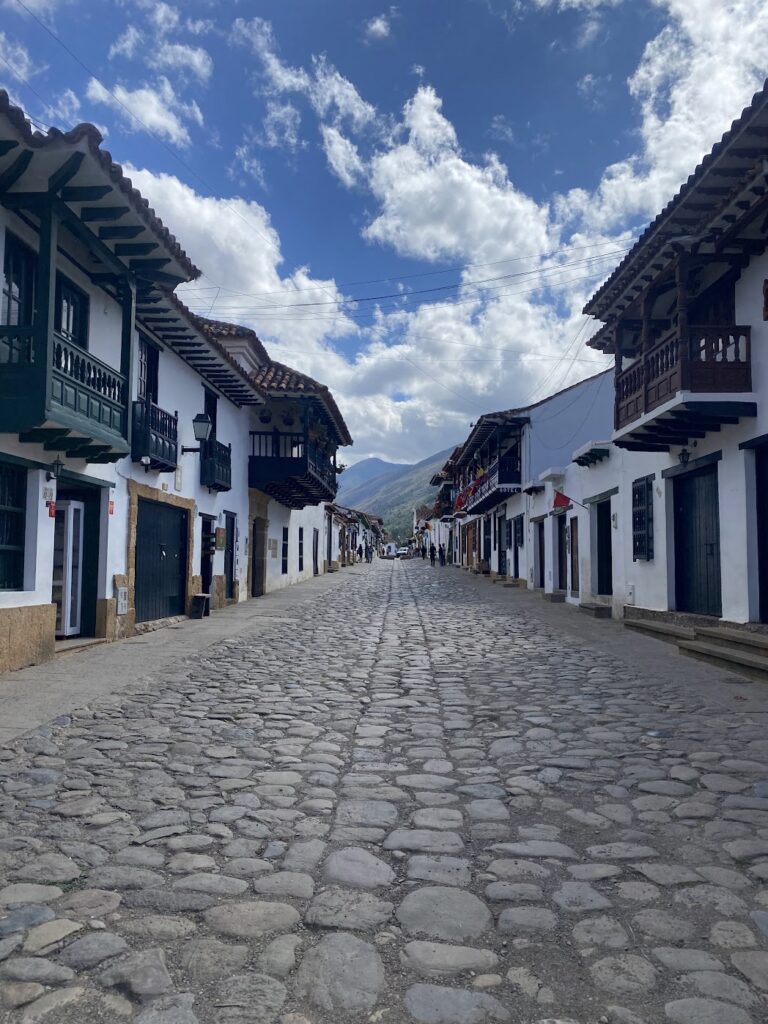

Western Coast (Pacific)
Colombia’s Pacific coast is wild, remote, and often overlooked. Access is usually by small plane to towns like Nuquí or Bahía Solano, where rainforest meets ocean in dramatic fashion. This is one of the best places in the world for whale watching (July to October) and for completely off-grid travel. There are few roads, limited infrastructure, and almost no international crowds. You’ll find Afro-Colombian culture, delicious seafood, and unspoiled beaches backed by jungle. It’s a destination for those who want adventure and isolation rather than convenience.
South (Cali, Tatacoa Desert, San Agustín)
The south of Colombia feels more offbeat but comes with big rewards. It’s by far the cheapest area to travel. Cali is the world’s salsa capital, where music spills out of clubs every night. Heading inland, the Tatacoa Desert offers surreal red canyons and stargazing opportunities, while San Agustín is home to mysterious pre-Columbian statues and archaeological parks. This region has fewer international tourists, but those who make the effort find vibrant culture and unique landscapes that contrast with the Andes and coast.
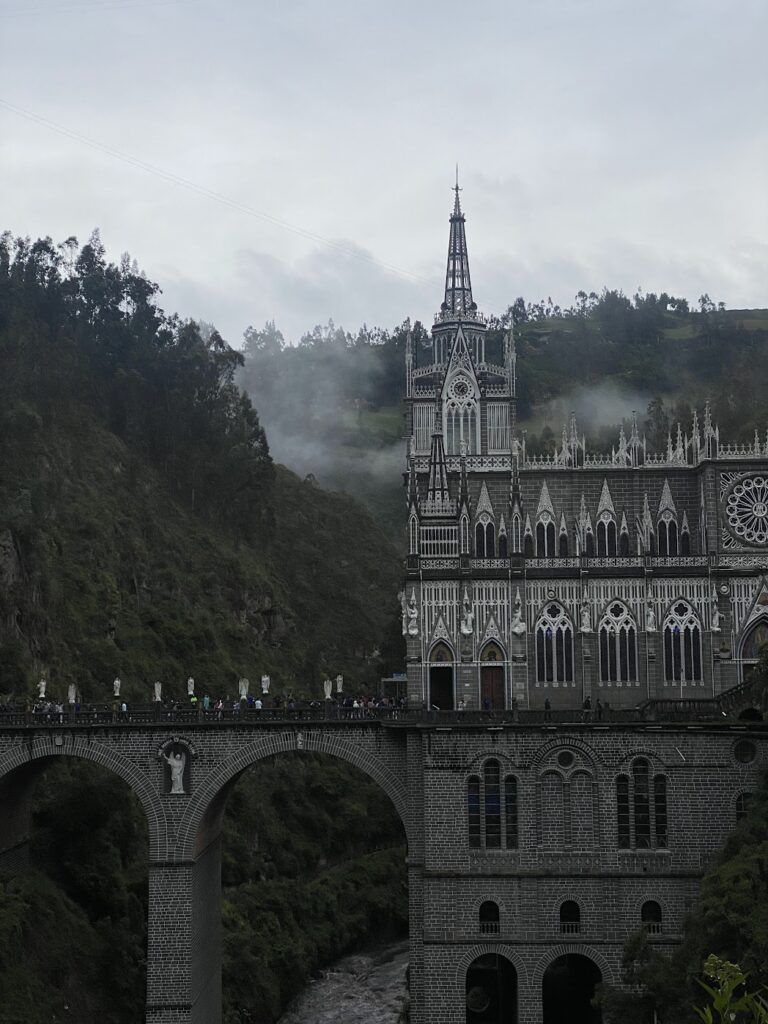
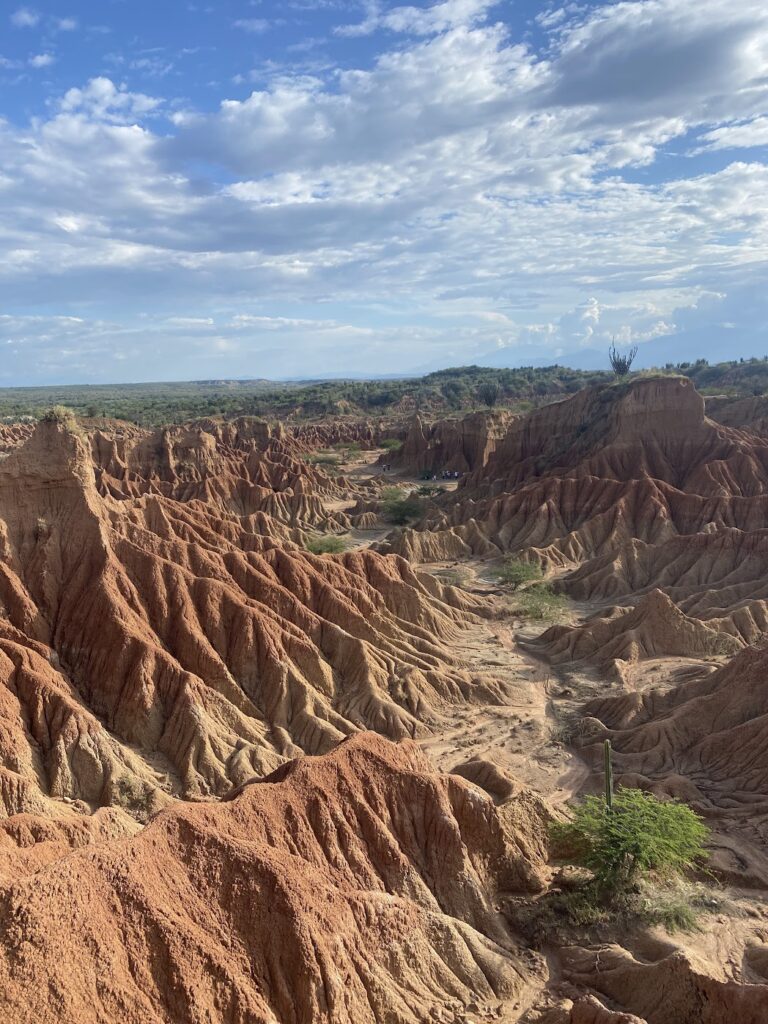
Amazon (Leticia and the Rainforest)
Colombia’s Amazon region centers on Leticia, a border town where Colombia meets Brazil and Peru. It’s only accessible by plane from Bogotá, giving it a remote, frontier feel. From here, you can take boat trips deep into the rainforest, visit Indigenous communities, or spot pink dolphins and countless bird species along the Amazon River. The jungle is hot, humid, and best explored with guides who know the terrain. It’s an entirely different side of Colombia, far from the Andes and cities.
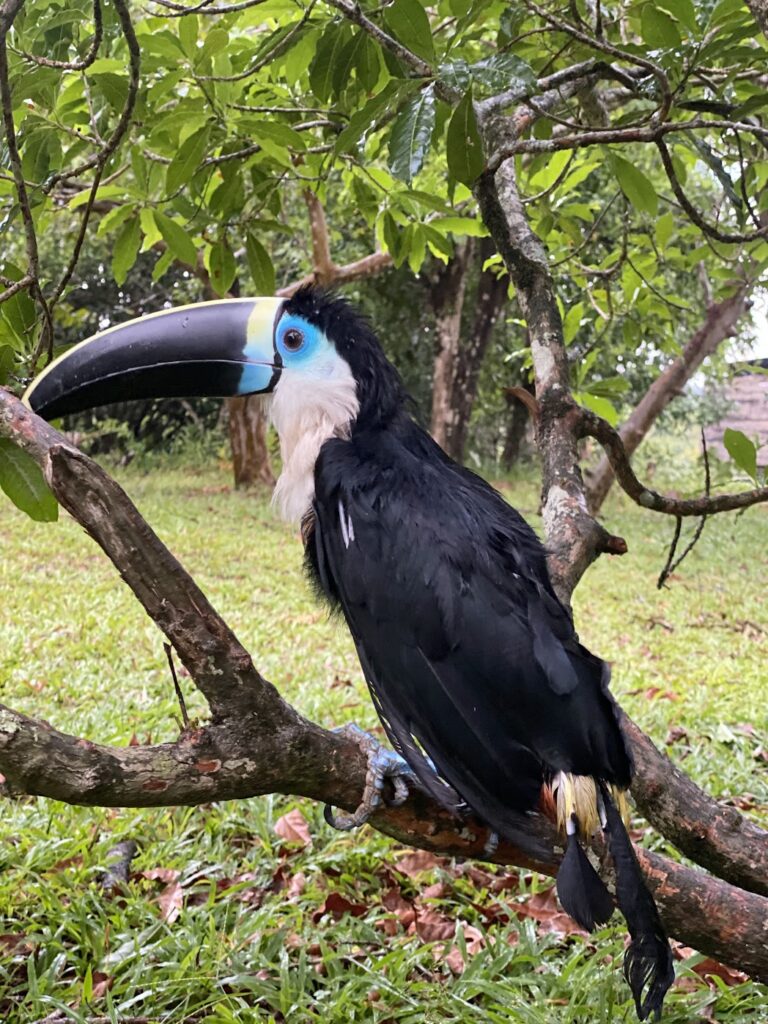
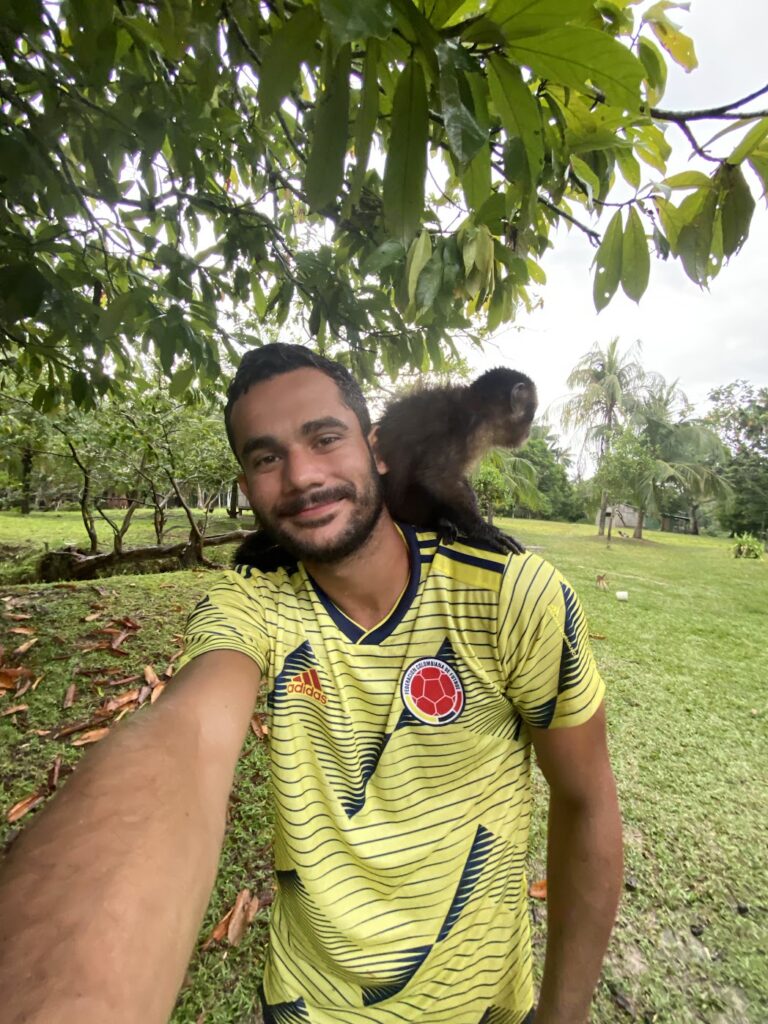
Getting Around Colombia
Colombia is bigger than it looks on a map, and travel takes time. Domestic flights are common and affordable, especially for crossing long distances (Bogotá to Leticia, or Medellín to Cartagena). Buses are widely used and comfortable on main routes, though winding mountain roads can make for long journeys. In cities, mototaxis and ride-hailing apps like InDriver or Uber are standard. Medellín is the only city with a metro system. For the adventurous, colectivos (shared minibuses) operate everywhere, but expect crowded rides and flexible schedules.
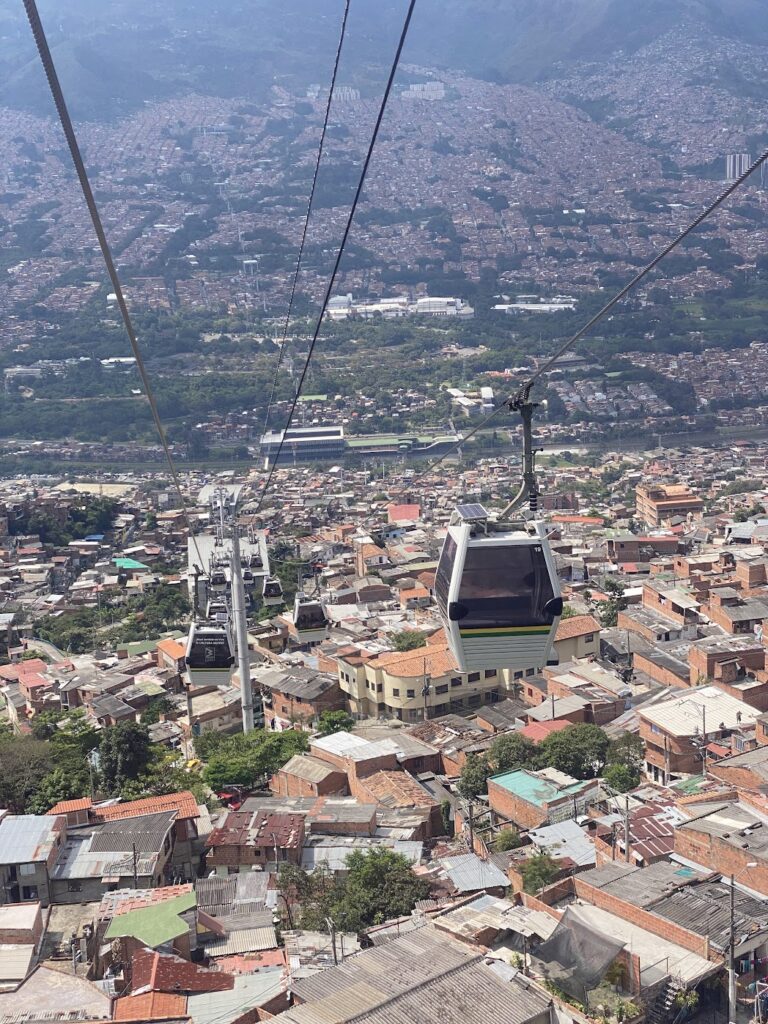
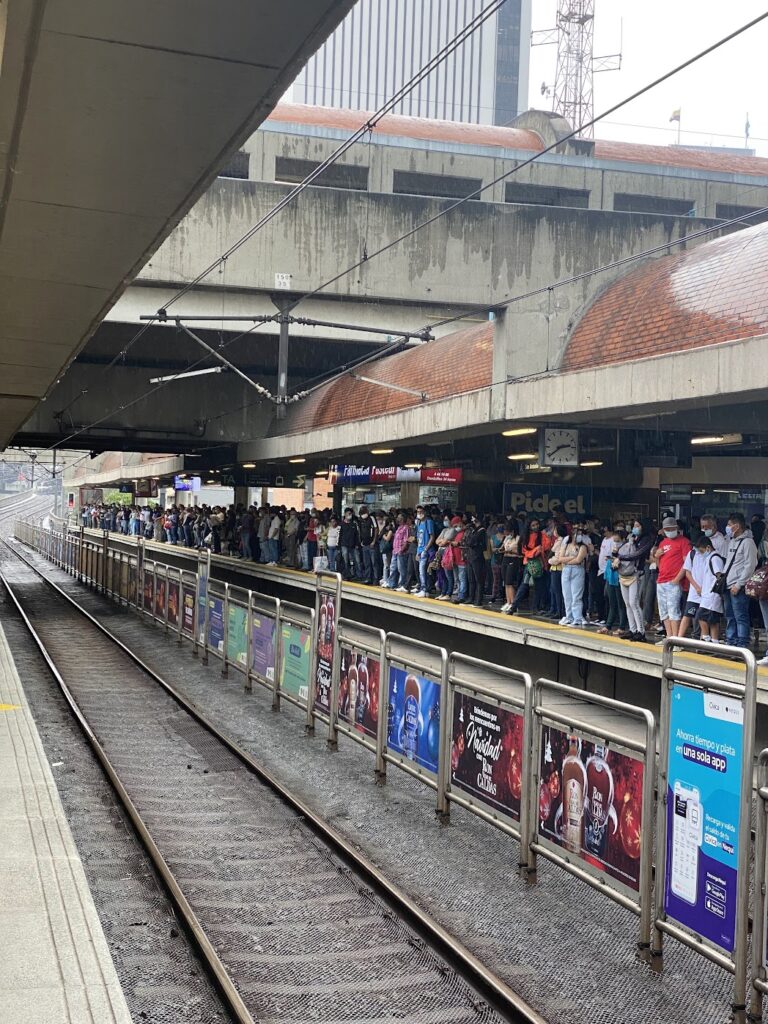
Colombian Food You Have to Try
- Bandeja Paisa – Medellín’s signature dish: a massive plate with beans, rice, plantain, chorizo, ground beef, avocado, fried egg, and arepa.
- Ajiaco – A hearty chicken and potato soup from Bogotá, flavored with guasca herbs and served with capers and cream.
- Sancocho – A rich stew of meat, plantains, potatoes, and yucca, found all over the country with regional twists.
- Fresh Fruit & Juices – Colombia’s tropical climate produces an endless variety of fruits like lulo, guanábana, and maracuyá
- Arepas – Corn cakes served in countless variations, only get the ones stuffed with cheese or eggs. The plain ones suck.
- Ceviche (Caribbean Coast) – Typically made with shrimp and served with tangy sauces, very different from Peruvian-style ceviche but just as addictive.
- Pandebono & Almojábanas – Cheesy breads and pastries are popular as snacks or breakfast with coffee.
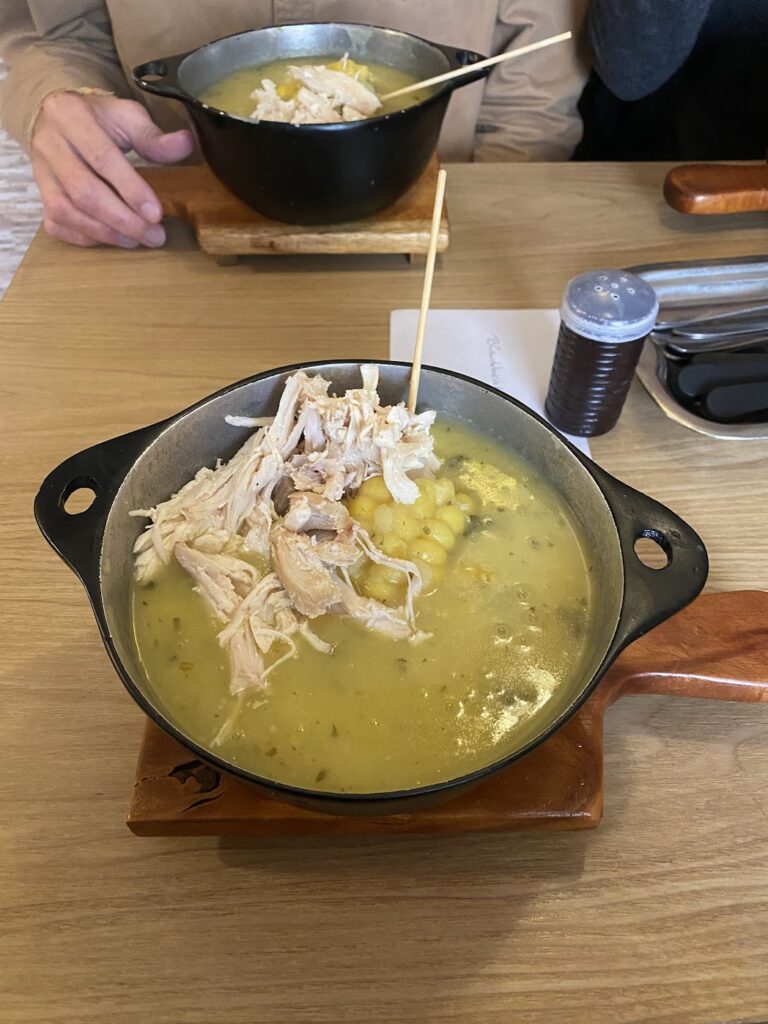
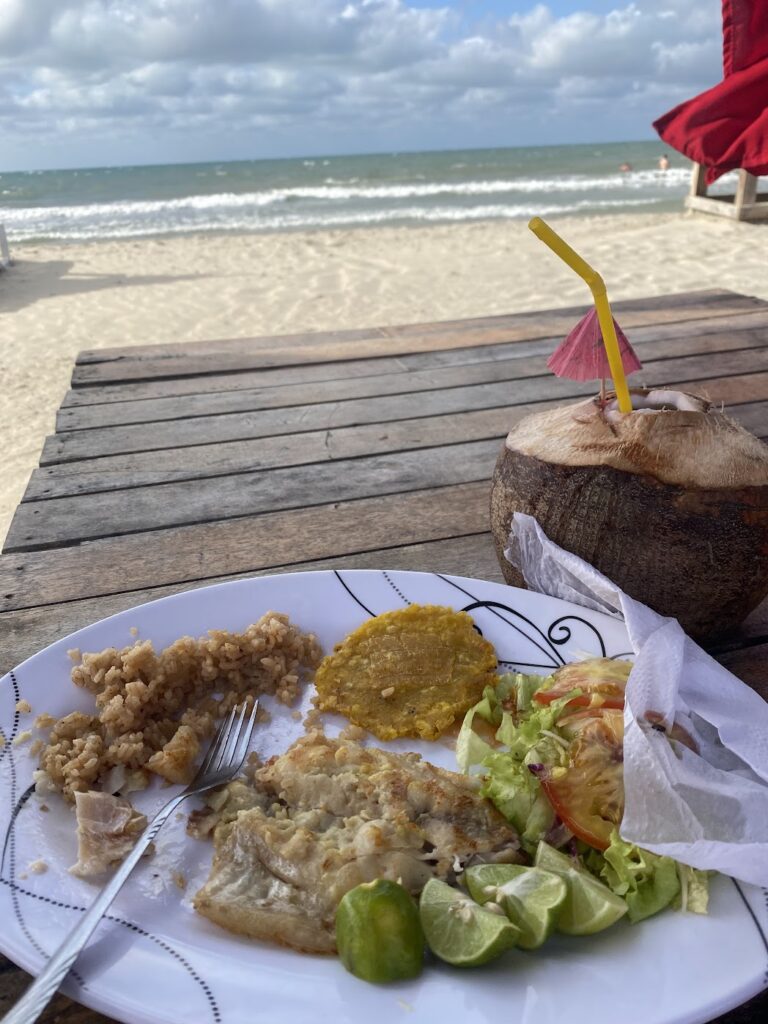
Major Cultural Events and Festivals
- Carnaval de Barranquilla (February/March) – The second-largest carnival in the world after Rio, this Caribbean celebration bursts with parades, costumes, and traditional cumbia music.
- Feria de Cali (December) – A weeklong salsa festival where the entire city of Cali dances in the streets and clubs from morning until night.
- Feria de las Flores (August, Medellín) – The Flower Festival features parades of “silleteros” carrying elaborate flower arrangements, plus concerts, dancing, and fireworks.
- Festival Iberoamericano de Teatro (every two years, Bogotá) – One of the biggest performing arts festivals in the world, drawing international theater groups and audiences.
- Semana Santa (Easter Week, Popayán and Mompox) – Holy Week celebrations are marked by solemn processions and religious traditions that date back centuries.

